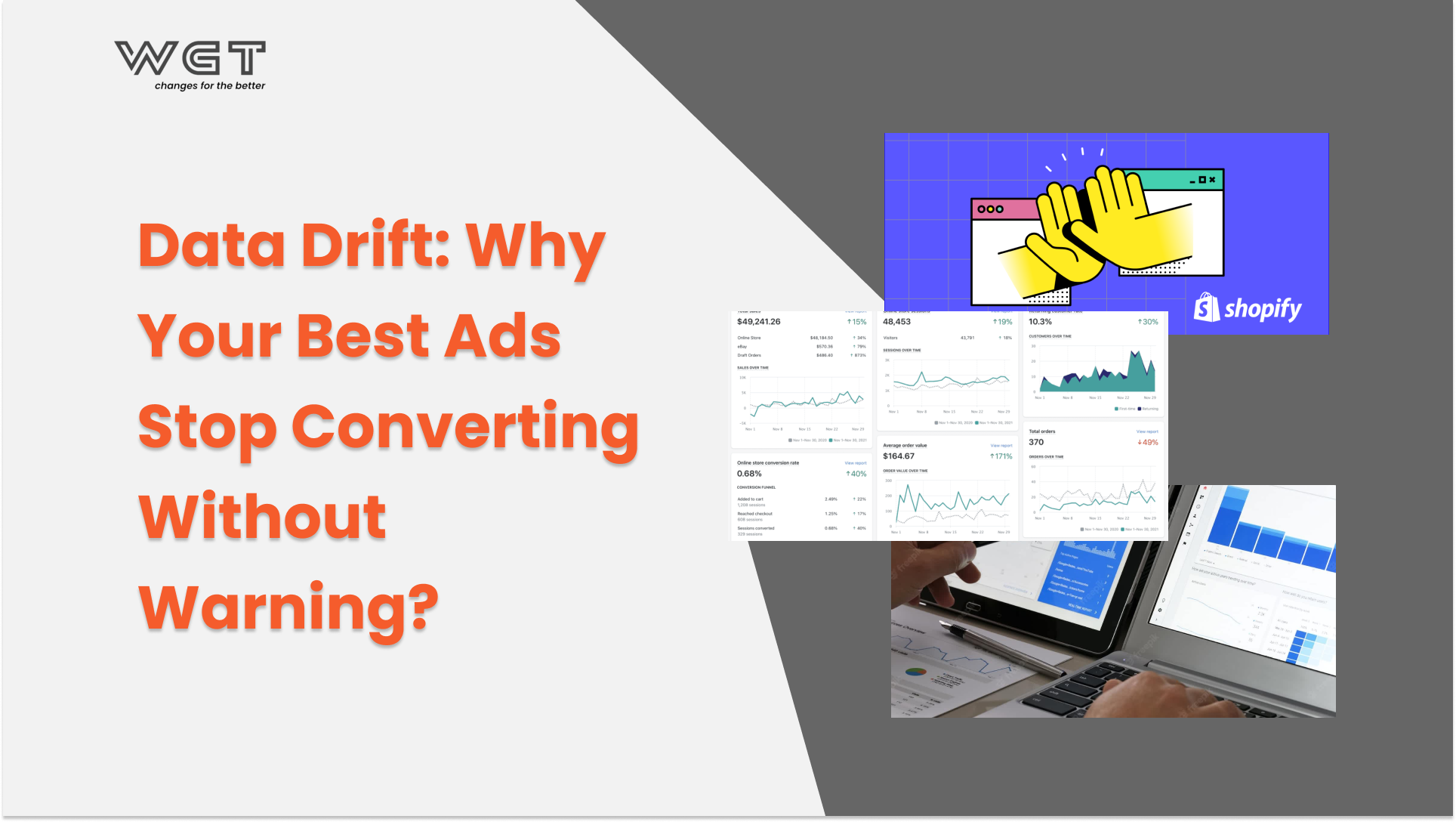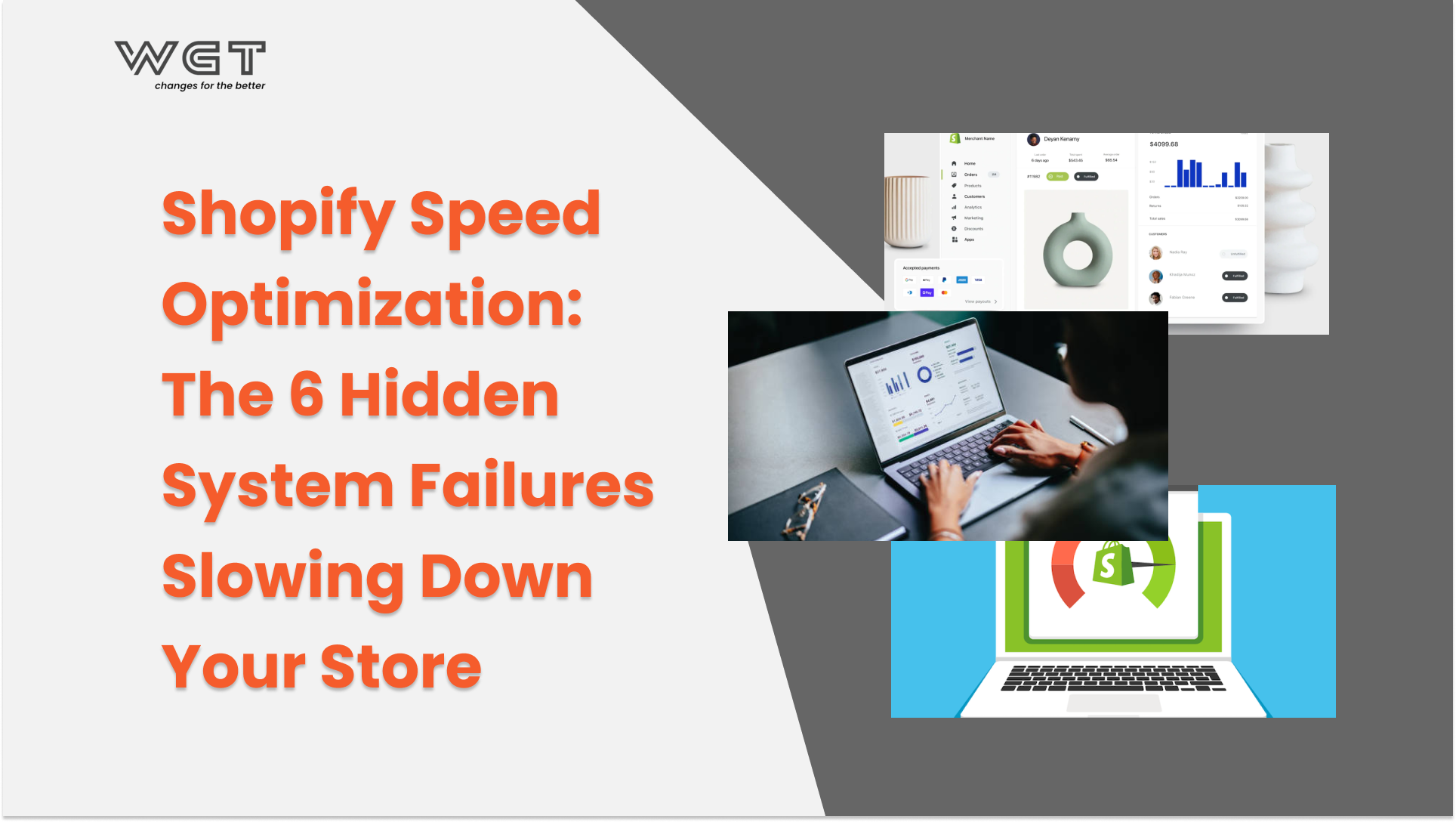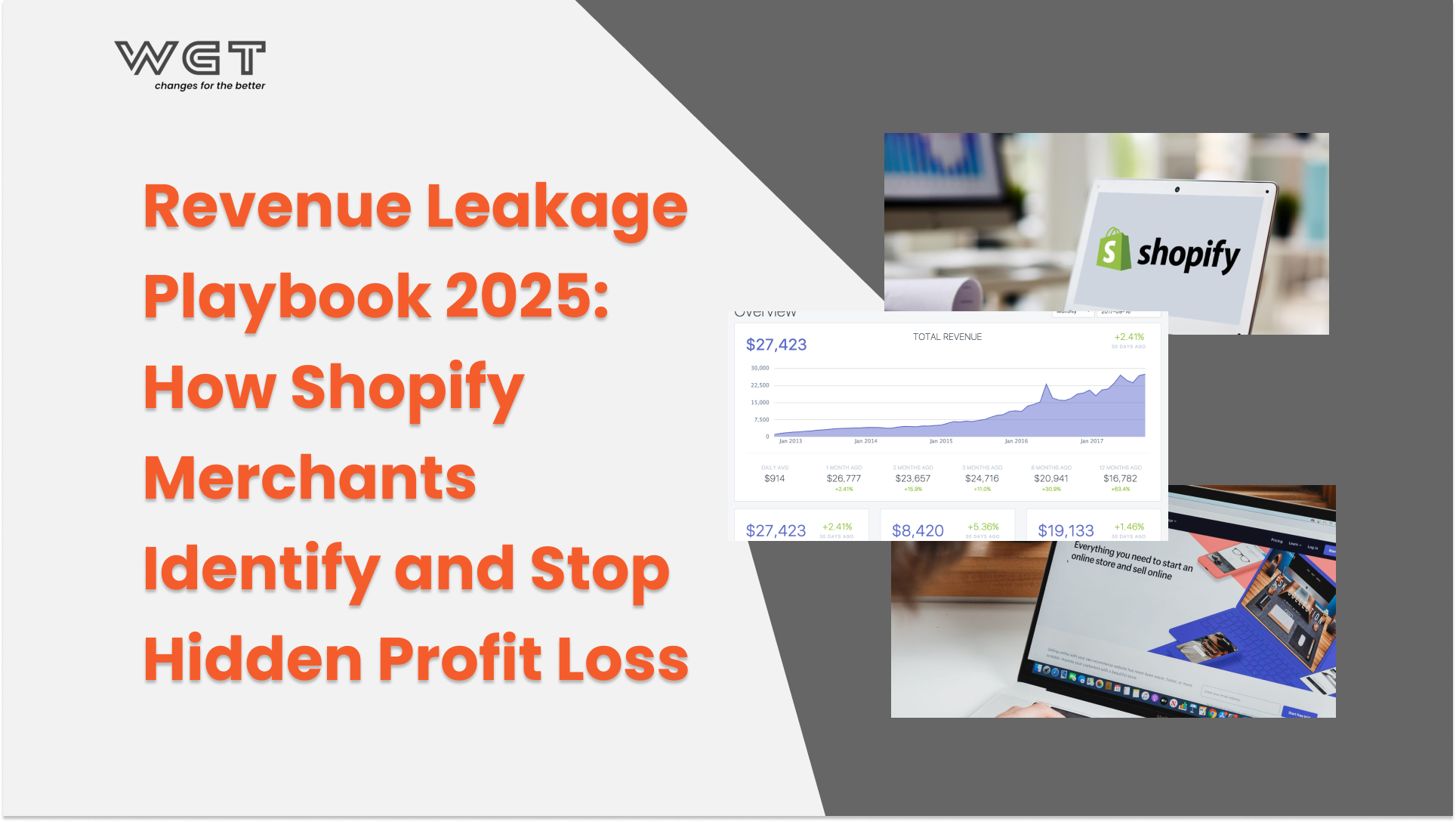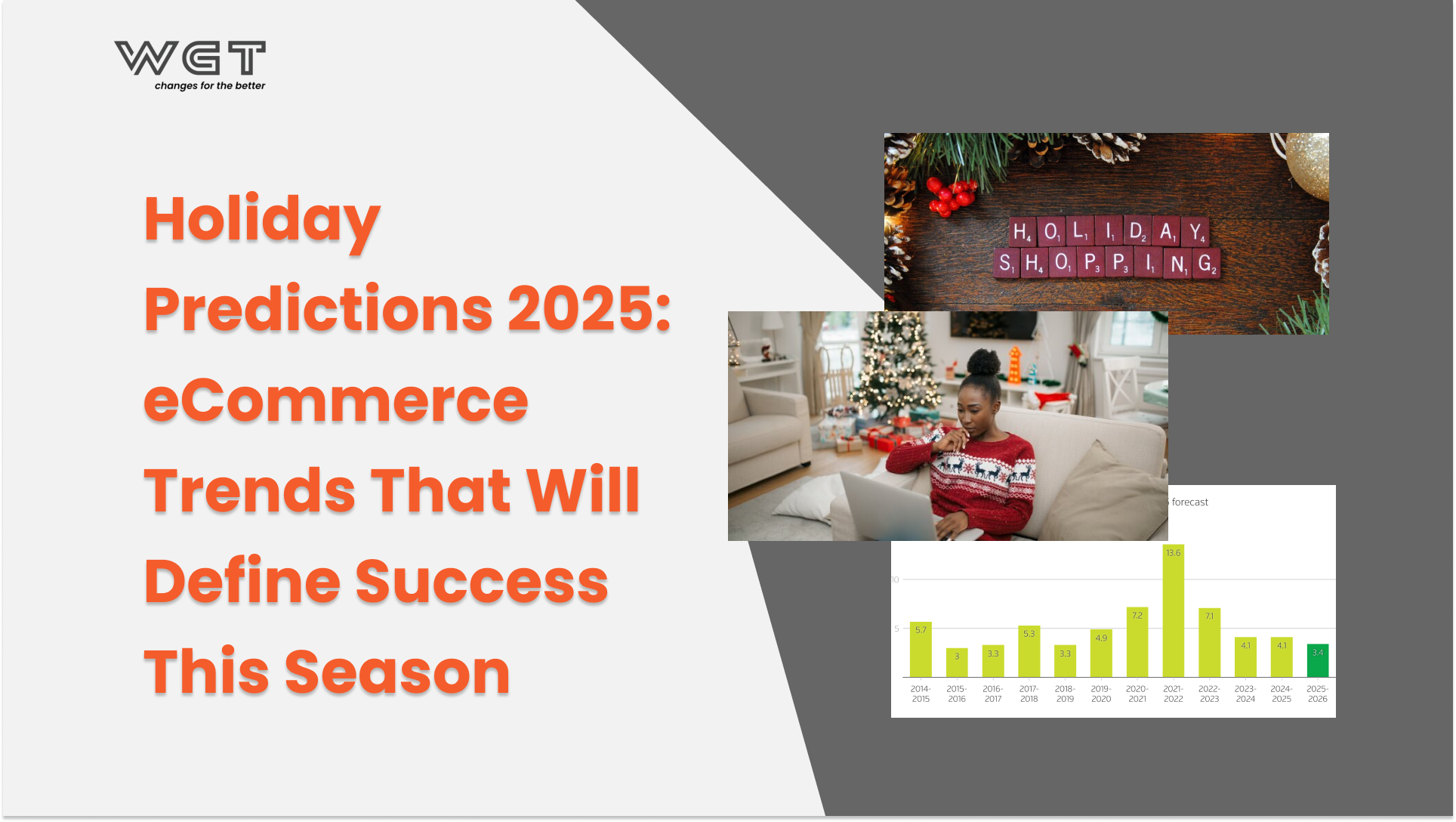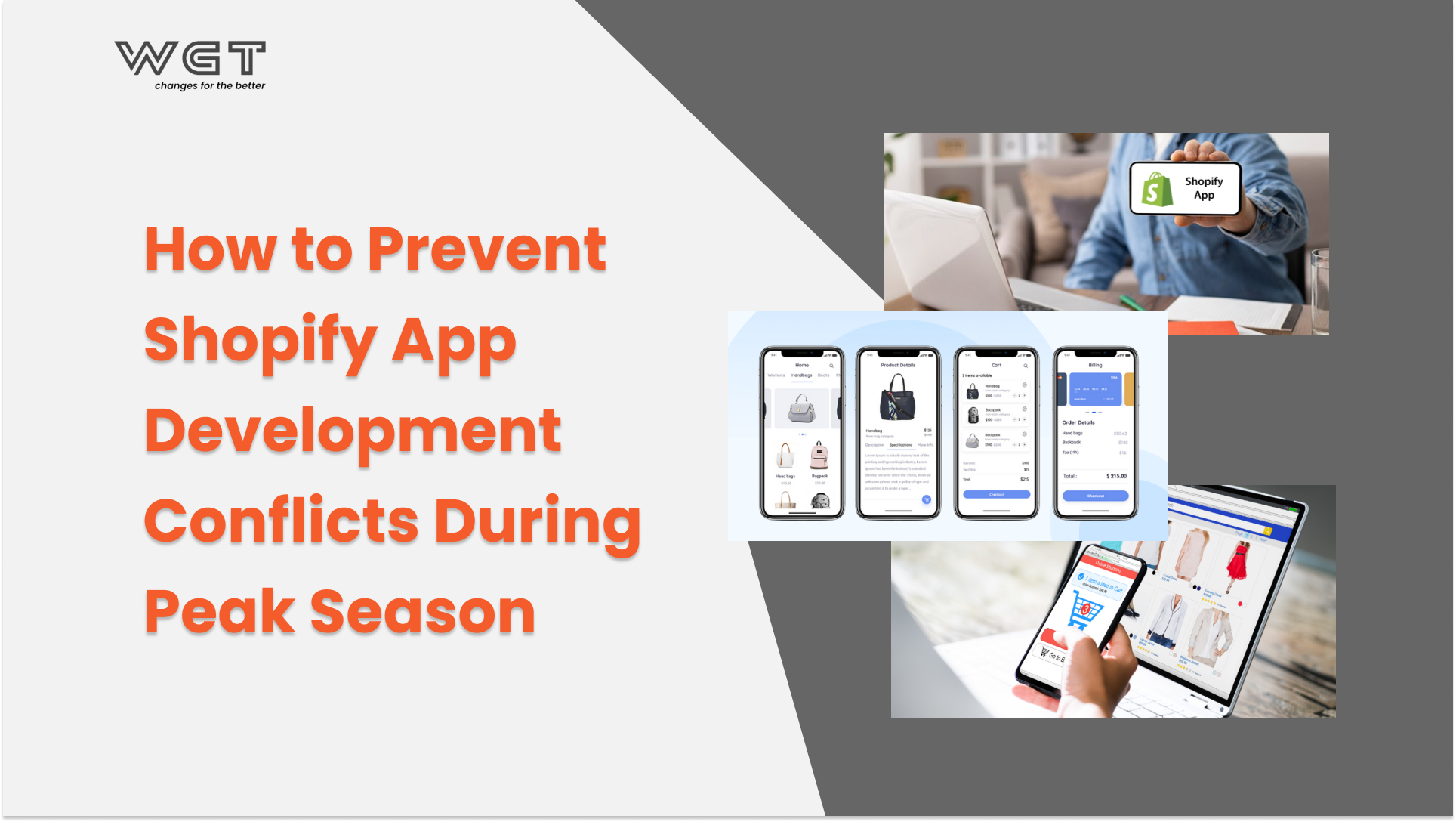Why do some Shopify stores outperform others by tenfold during peak sale seasons while running the same campaigns, using the same discounts, and reaching the same audiences? The difference lies not only in creativity or budget but also in the precision of data tracking before the first click and throughout the entire funnel.
This blog breaks down the advanced mechanics smart merchants activate before and during sales to extract every dollar from traffic, conversion, and retention. Curious about how to make your store run smoothly, seamlessly, and data-driven as the sales season approaches? Read on to find out what our team of experts has to say about Shopify data tracking.
The Real Reason Some Stores Win Big During Sale Seasons: Shopify Data Tracking is the Key
Behind every explosive revenue curve during sale seasons lies a foundation of data precision that most stores overlook in Shopify data tracking.
As things become extremely competitive and customers raise their standards even when shopping online during peak demand times, having the right data and monitoring every single signal is the springboard to optimizing the quality and quantity of authentic shoppers.
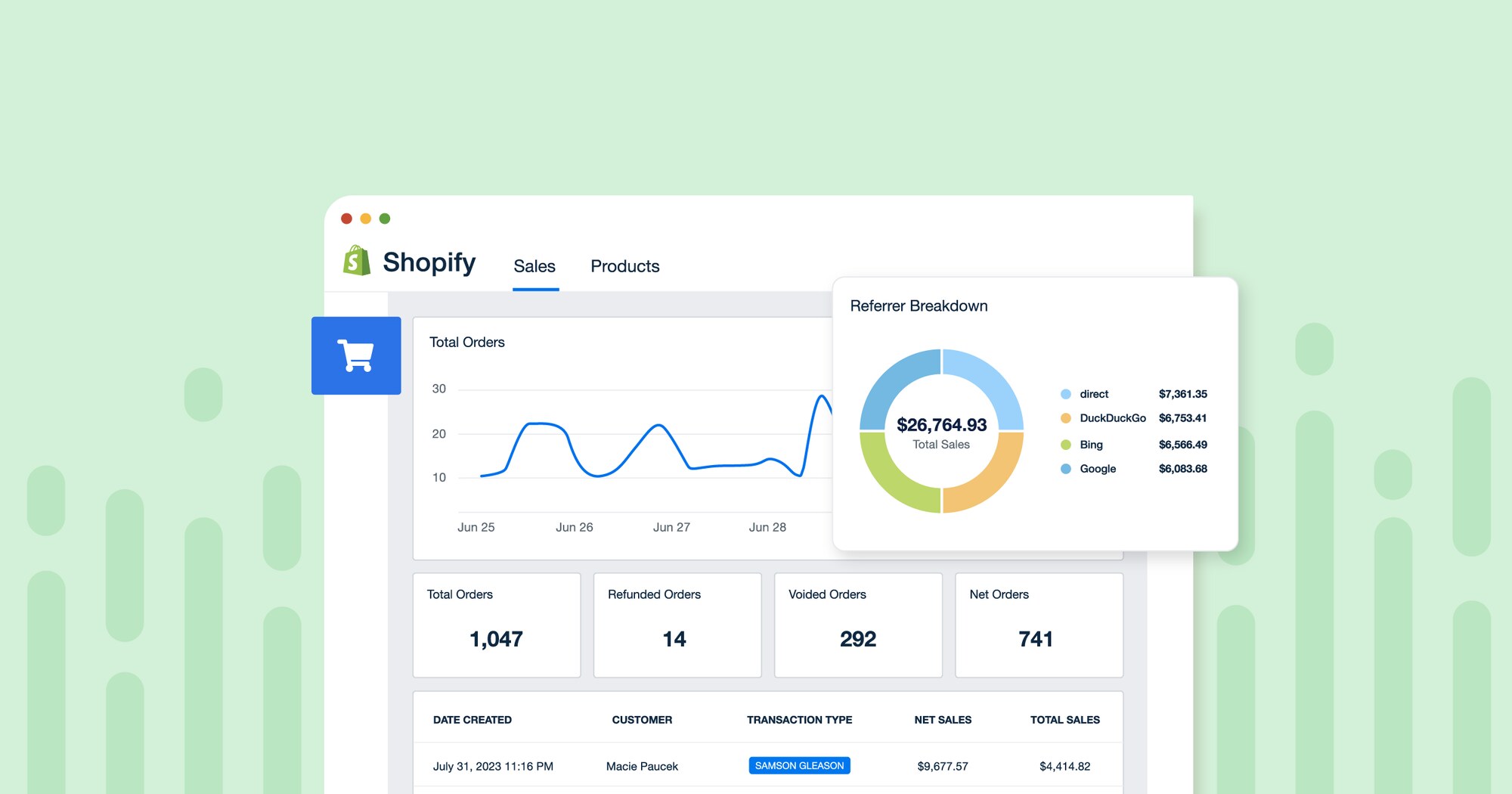
Revenue-proven traffic intelligence
Shopify data tracking provides the ability to trace each visitor’s journey from initial entry point to final purchase behavior, creating a hierarchy of traffic sources based on profit, not popularity.
For instance, in a peak sale season like Black Friday, a store may run simultaneous campaigns across Google Ads, Instagram, and affiliate channels, all driving high traffic within the same 48-hour window. While Instagram delivers the highest click volume, detailed tracking inside Shopify reveals that the majority of high-ticket conversions come from branded Google search, where users arrive with stronger intent and shorter decision windows.
This visibility transforms campaign assessment from surface-level reach into revenue-centered action, guiding real-time ad budget shifts toward the sources that generate margin, not noise.
Behavior-based product prioritization with Shopify data tracking
Shopify data tracking helps stores understand which products attract attention even before customers decide to buy. It shows which items people click, how long they stay, and where they stop on the page, giving a clear view of real interest beyond just sales.
With this insight, stores can move the right products to the front, adjust how they are shown, and focus on items that already catch the customer’s eye. This lets every display decision support what customers are actually looking for, not just what the store hopes will sell.
Dynamic customer intelligence framework
Shopify data tracking builds a foundation of customer intelligence based on real-time interactions. Every visit, click, and bounce adds to a timeline that reflects how a person moves through the store.
This framework helps merchants recognize patterns that connect to decision-making behavior. Visitors who return to a specific collection three times in a day signal urgency. Users who view multiple variants of the same product without adding to the cart point to friction. These details direct the next action, whether it is pricing, messaging, or promotion, that leads to conversion.
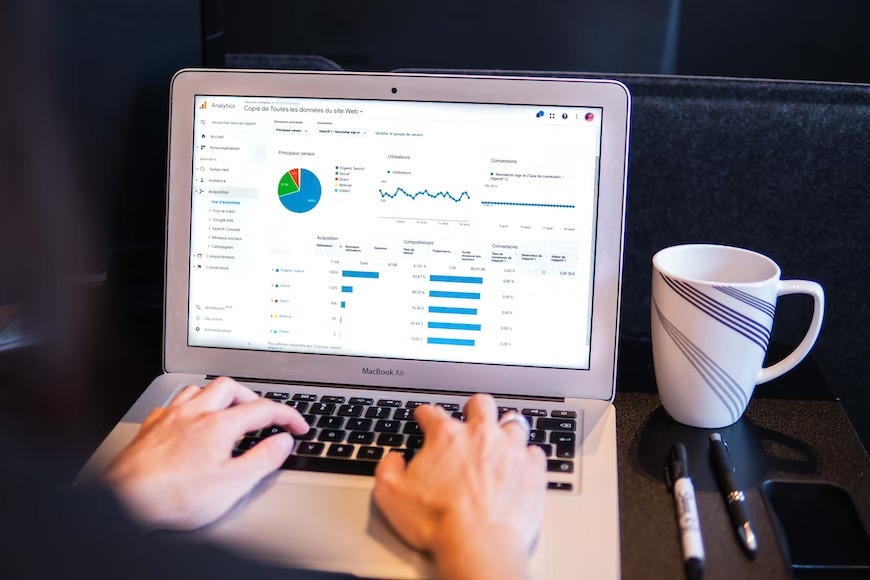
Friction-point checkout diagnostics
A situation that we usually meet in real life: When stores notice a spike in abandoned carts, most assume it’s a pricing issue or poor timing. But the real trigger often lies within the checkout flow. Unnecessary form fields, confusing shipping rules, and delayed load times create friction points that silently kill conversions.
Shopify data tracking gives clear visibility into where these drop-offs occur. Timestamp data pinpoints the exact step where users quit. Input field tracking shows which actions create hesitation. With these diagnostics in hand, teams can remove friction without guessing. The result: smoother checkouts and higher success rates, especially during high-volume periods.
Demand-responsive inventory strategy
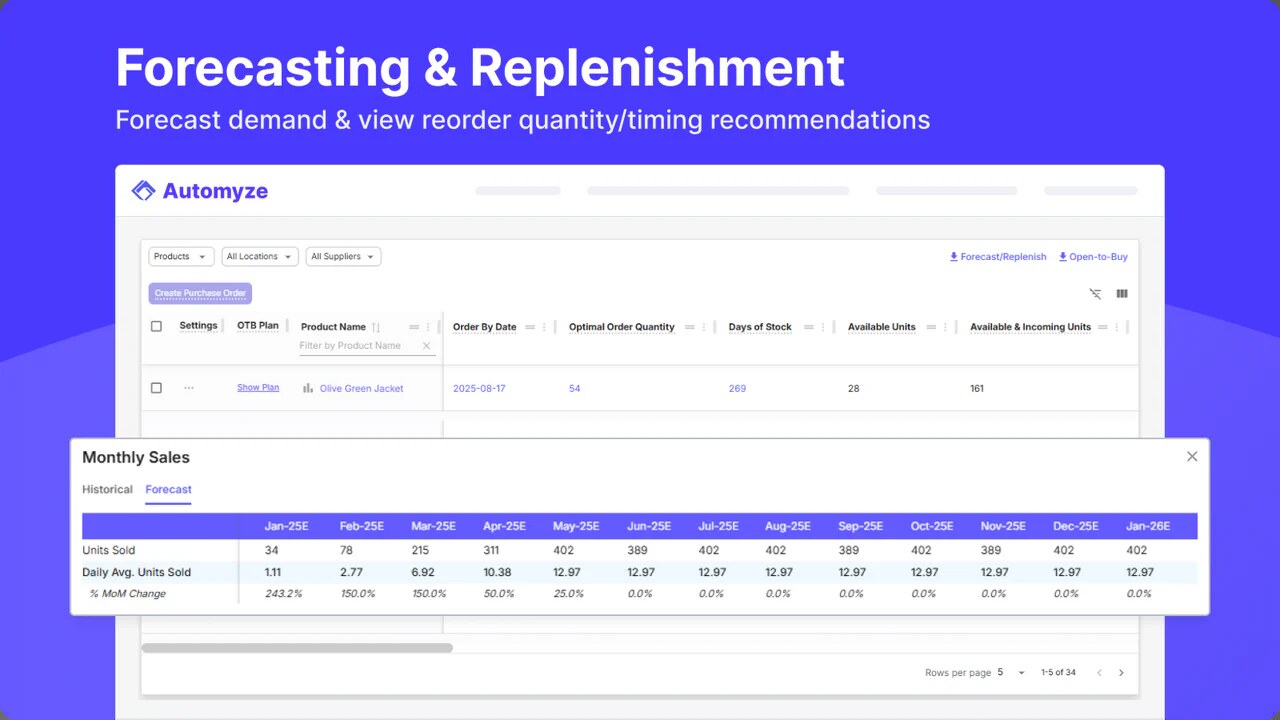
If product demand rises but stock insights lag, stores miss their chance to fulfill peak-season orders.
If variant-level traffic surges but no restock logic is in place, even bestsellers turn into lost revenue.
If demand patterns shift mid-campaign and stock rules remain static, waste multiplies.
But when Shopify data tracks demand in real time, the equation changes. Inventory decisions are no longer based on slow reports or historic averages. Instead, every change in product interest triggers an informed action: transfer stock, adjust bundles, push recommendations.
You should also read: Rebuild or Migrate? Launch a High-Converting Shopify Store Before BFCM 2025
What to Check Before and During Sales: The Smart Store’s Checklist in Shopify Data Tracking
Before sales with Shopify data tracking: Data setup and trigger readiness
High-performing Shopify stores treat data tracking as part of their sales infrastructure. The quality of insights during a campaign is only as strong as the groundwork laid before the first click lands.
Custom event tags for key funnel steps
Shopify stores’ native tracking must be extended with precise custom events, aligned with specific user actions such as:
- Product variant interactions
- Cart quantity adjustments
- Scroll-depth on high-converting landing pages
Each event must independently fire with clean, structured data, allowing the analytics layer to break down performance by step rather than forcing assumptions across blended behaviors.
Sales attribution rules (GA4 + Shopify reports)
Attribution misalignment is one of the core causes of inaccurate revenue mapping, especially during campaigns with mixed-channel traffic. Google Analytics 4 (GA4) is Google’s next-generation analytics platform, designed to unify data from websites and apps.
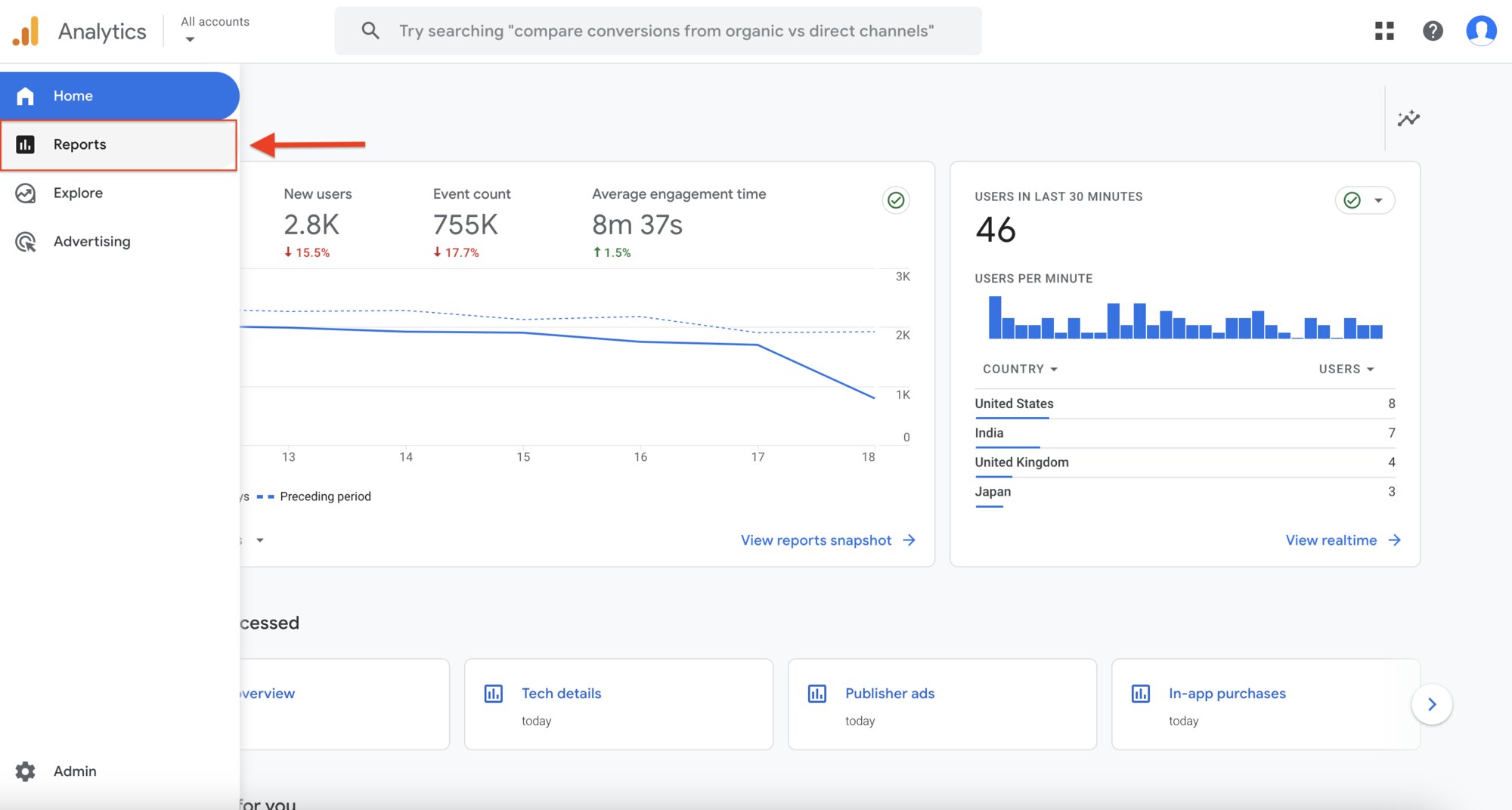
Within GA4 connected, the default attribution logic often favors last-click models that misrepresent earlier influence points such as discovery through paid social or early engagement from content marketing.
The attribution model must be recalibrated through Shopify data tracking to recognize each step of the journey: assigning partial credit to entry-point interactions and adjusting weight toward final conversions based on user reactivation behaviors.
Inventory velocity alerts via WMS/ERP integration
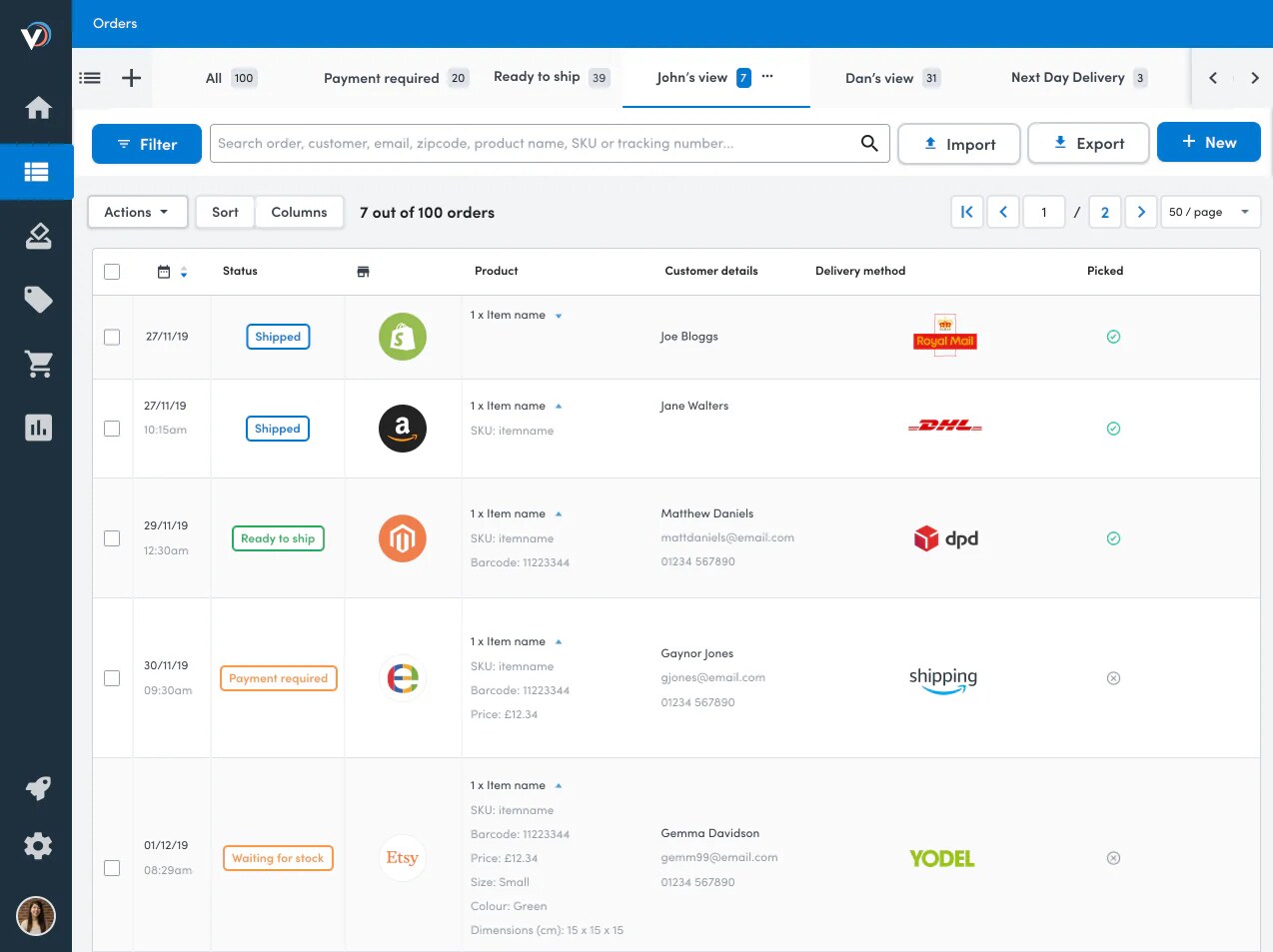
Stock data must function as a live performance signal, not a static record. Connecting your warehouse management system or ERP directly with Shopify’s product-level feed allows inventory to be monitored not just for quantity but for sales velocity, flagging items with fast depletion rates, forecasting out-of-stock timing, and triggering proactive reorder prompts.
Campaign-critical products require a higher refresh cadence, while low-moving SKUs must be deprioritized in promotions to avoid bottlenecks and discount waste.
During sales with Shopify data tracking: Real-time monitoring and adjustment
The sales window is where data reveals its highest strategic value. Every click, search, scroll, and cart decision constructs a live narrative that must be read with clarity and precision.
Sophisticated Shopify stores rely on an exact framework of in-motion metrics that highlight friction, trend shifts, and customer behavior anomalies with Shopify data tracking.
Funnel drop-off surveillance (Live GA4 reports)
The drop-off rate across the purchase funnel represents a direct signal of resistance, often masked by surface-level conversion metrics.
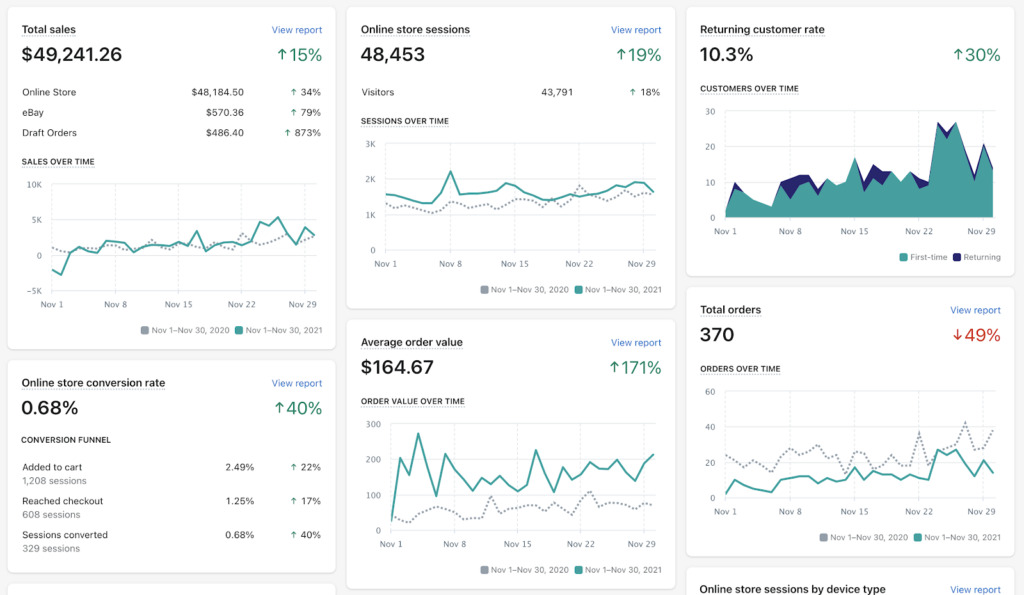
GA4’s real-time reporting architecture enables granular visibility into micro-interactions such as product detail views, add-to-cart ratios, and checkout initiations.
When session data stalls disproportionately at a specific funnel stage, the problem often lies in UX inconsistencies, discount miscommunication, or delay in delivery estimates. A sudden spike in exit rates at the checkout step requires immediate interface or trust factor investigation rather than waiting for post-campaign audits.
Price sensitivity mapping by segment
Not every visitor responds the same way to your discount strategy.
By segmenting users by source (e.g., email, TikTok ads, returning customers) and tracking their conversion rates by pricing tier, you can uncover price elasticity in real time.
For example, you may find email subscribers converting steadily at 10% off, while cold traffic from Instagram only reacts at 30%+ discounts. This insight from Shopify data tracking lets you create mid-sale split pricing: promote deeper discounts on acquisition channels while protecting margins for loyal customers who don’t need aggressive nudges.
You should also use Shopify Scripts to deliver conditional discounts based on customer tags or purchase history.
AOV watchlist (Average order value tracking)
Average Order Value (AOV) isn’t just a number you check at the end of the day. During sales, it’s an active metric that reveals whether people are reacting to bundles, upsells, or urgency tactics.
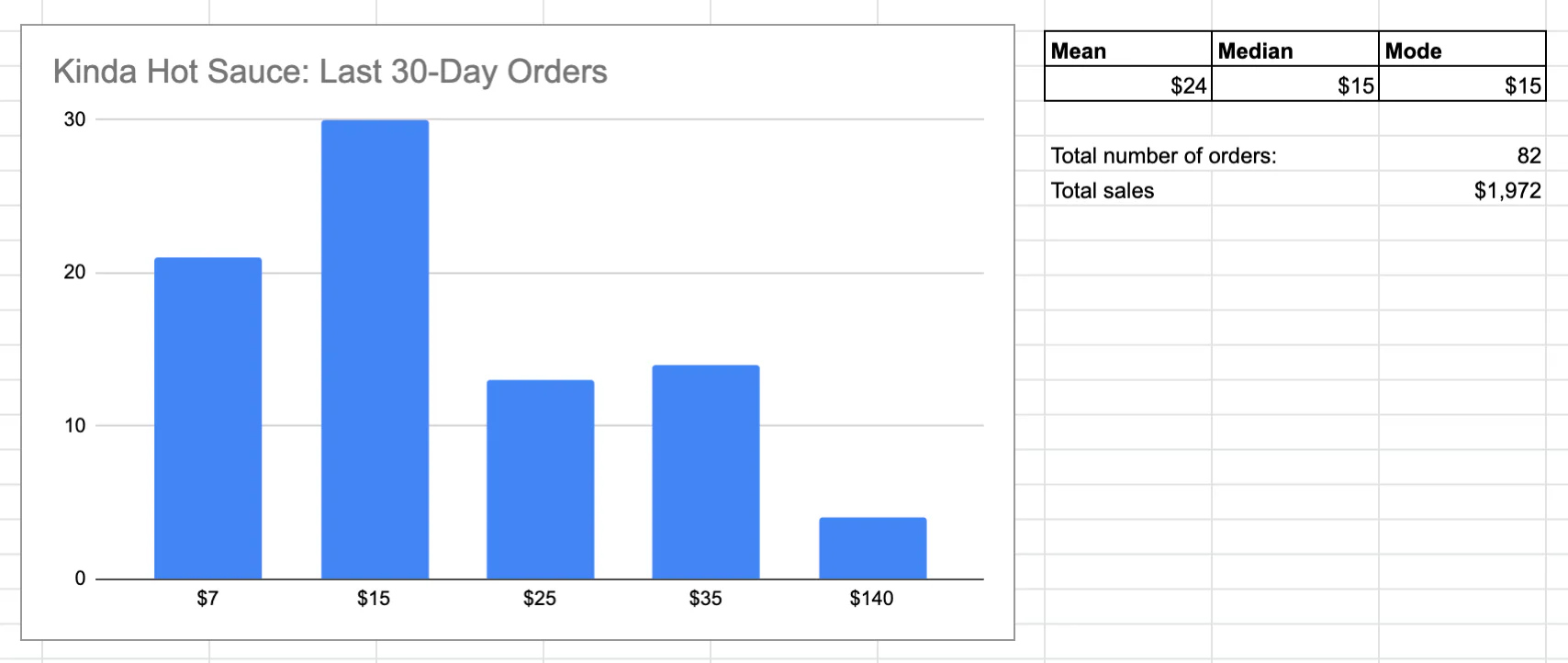
Smart Shopify stores monitor AOV in rolling windows (e.g., hourly), comparing it against cart abandonment rates and inventory velocity. A sudden AOV drop could mean your bestselling upsells are out of stock, or your cross-sell placement is too low on the page.
Watching this metric in motion gives you the agility to adjust pop-ups, reorder product blocks, or swap in alternative bundle suggestions dynamically. A pro trick: Link your AOV monitoring with email/SMS automation triggers for “low basket” nudges.
On-site search & filter data (intent signals)
One of the most overlooked goldmines during a live sale is the onsite search behavior. When hundreds of users search for “green hoodie” or apply filters like “price under $100” but don’t add anything to cart, they’re broadcasting demand but not finding satisfaction. This disconnect signals either a gap in your offer or a UX issue.
Real-time search analytics in Shopify data tracking lets you spot these patterns as they happen. You can then quickly create a featured section on the homepage, pin related products higher in results, or reassign tags so filters produce stronger results. Some of our beloved customers use Shopify’s Search & Discovery app directly to expose live search insights.
Inventory burn rate per variant
One of the most overlooked goldmines during a live sale is the onsite search behavior. When hundreds of users search for “green hoodie” or apply filters like “price under $100” but don’t add anything to cart, they’re broadcasting demand but not finding satisfaction. This disconnect signals either a gap in your offer or a UX issue.
Real-time search analytics lets you spot these patterns as they happen. You can then quickly create a featured section on the homepage, pin related products higher in results, or reassign tags so filters produce stronger results. Some of our beloved customers in Shopify website development use Shopify’s Search & Discovery app directly to expose live search insights.
How Smart Shopify Stores Use Full-Funnel Data Tracking to Improve Sales Performance: From Our Expert Tips
High-performing Shopify merchants do not wait until sales slow down to investigate why. They implement full-funnel tracking across customer touchpoints to dissect performance gaps, decode intent behavior, and push precision interventions.
This end-to-end data architecture transforms raw traffic into optimized conversions by reading into the smallest drop-off, the faintest intent signal, and the hidden cost pockets behind each campaign.
#1 Campaign attribution with pre-click behavioral context
Rather than stopping at traditional UTM-based last-click attribution, advanced Shopify stores map user acquisition paths by syncing Shopify data tracking with GA4’s event-based funnel. Every paid click is cross-referenced with session scroll depth, landing page interaction patterns, and micro-interactions like add-to-cart hover delays.
This fusion captures not only where traffic comes from, but also how it behaves before converting, allowing media buyers to reallocate budget to campaigns that build true buyer momentum.
#2 Landing page consumption depth

A high click-through rate does not imply conversion strength unless Shopify Shopify data tracking reads the post-click behavior in depth. Smart stores integrate Shopify analytics with viewport tracking and event triggers that reveal whether users consume the page narrative as designed.
Bounce rates are segmented by scroll buckets, interaction heatmaps, and load-time variables, enabling marketing teams to pinpoint the precise section of the page that collapses conversion momentum.
#3 Product detail interaction quality
Shopify’s product page metrics go beyond view count. They record zoom-in behavior on product photos, duration of variant selection, and toggles between similar SKUs.
When synced with event logs in GA4, this layer clarifies not just what users view, but how committed they become in the evaluation phase. A decline in time-on-product-page signals decision fatigue or missing trust signals, which data-driven retailers counter with structured content experiments and intent reassurance modules.
#4 Checkout friction signatures
Drop-off at checkout is not merely a stage-based leak. It is a dataset of hesitation signatures that full-funnel stores diagnose in real time.
Shopify logs abandoned carts, but smart stores layer this with GA4’s user-timing metrics and field-level interaction tracking. They map where form inputs trigger the longest hesitations and trace payment method selections against user type.
This model transforms the checkout page from a static form into a dynamic decision diagnosis interface.
#5 Post-purchase behavioral tracking with Shopify data tracking
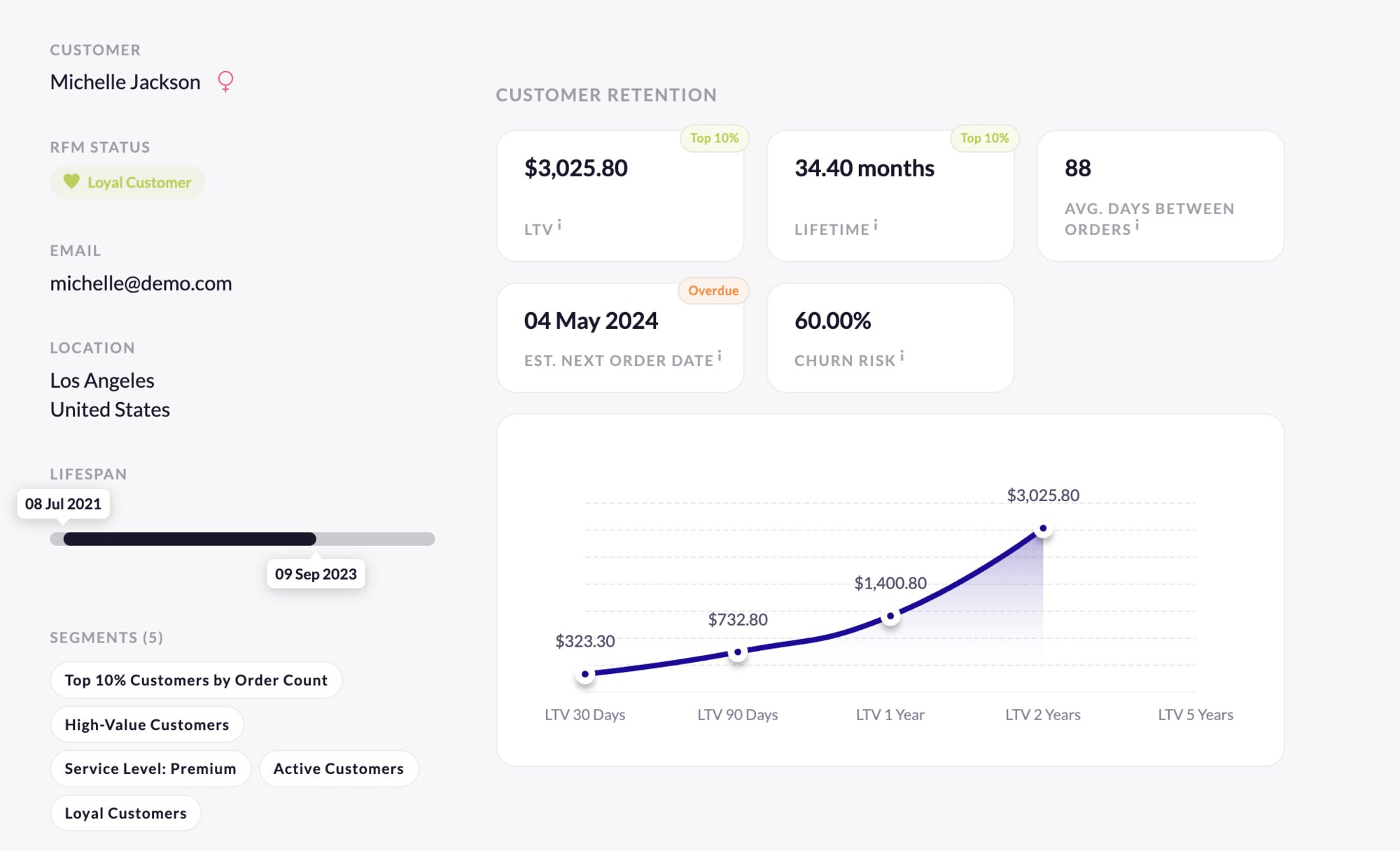
A full-funnel view does not end at transaction. Shopify’s order data, when combined with retention signals like email click-through behavior and post-purchase page visits, becomes the root layer for LTV prediction modeling.
Smart stores track what products trigger repeat visits, whether the user opens shipping updates, and how long after delivery the user re-engages. The feedback loop improves upsell timing, subscription offers, and future AOV strategies by syncing historical behavior with next-action intent.
#6 Funnel recovery with real-time alerts
When the funnel collapses at any layer, Shopify’s advanced integrations flag performance anomalies in real time.
Smart merchants configure alert thresholds tied to variant abandonment spikes, PDP (Product Detail Page) engagement drops, or AOV volatility. These alerts are pushed to Slack or dashboards, prompting immediate pivots in discount application, content rewrites, or operational fixes.
This structure turns full-funnel data from a passive report into an active command center.
Some other tips from our experts’ experience about Shopify data tracking just for you:
- Track add-to-cart events separately from product views: Set up GA4 or Shopify Pixels to distinguish between product impressions and actual purchase intent by isolating add-to-cart actions.
- Use UTM parameters for every campaign: Even small email or influencer promotions should carry UTM tags, so you can identify precisely which source, medium, and creative drives conversions inside GA4 and Shopify reports.
- Monitor checkout abandonment at each step: Break down your checkout funnel to see where users drop off – tracking address input, shipping selection, and payment page helps pinpoint the friction, not just the result.
- Tag first-time vs returning visitors: Understanding how first-time customers behave differently from return customers allows you to fine-tune your messaging, upsells, and loyalty flows for each segment.
- Sync order data with Google Analytics for LTV analysis: Push Shopify order data into GA4 to track repeat purchases over time, which lets you calculate Customer Lifetime Value from acquisition sources more accurately.
- Connect your Facebook pixel to track real purchases, not just clicks: Many stores only set up top-funnel events – configure purchase tracking so you can evaluate ad spend against actual sales, not just CTRs.
- Use heatmaps for mobile vs. desktop separately: Install tools like Hotjar or Microsoft Clarity and view heatmaps split by device – mobile and desktop users behave very differently on Shopify themes.
- Set benchmarks before running a promotion: Before launching a sale, document current conversion rate, AOV, bounce rate, and traffic volume so post-campaign performance has a real baseline for comparison.
- Enable enhanced ecommerce in GA4 with Shopify: Activate this feature to unlock product-level insights like product list views, internal promotion clicks, and remove-from-cart events – essential for optimization.
- Don’t trust one tool alone: Cross-check Shopify analytics with GA4 and your ad platform. Discrepancies reveal blind spots and improve your trust in what the numbers actually tell you.
Final Thoughts
As sales cycles accelerate and competition sharpens across Shopify storefronts, Shopify data tracking has become the decision engine behind revenue growth. The way your store captures, connects, and translates user behavior into insights will define whether you scale profitably or plateau under guesswork.
At Wgentech, we architect more than dashboards. We build intelligent data ecosystems that give merchants full visibility across the funnel, from first-touch attribution to post-purchase behavior. Our Shopify clients don’t just track performance; they command it with CRM and WMS integrations, advanced analytics infrastructure, and a crystal-clear feedback loop across marketing and sales.If your next campaign demands sharper targeting, cleaner operations, and smarter forecasting, we are always here and 100% ready to help you. Book a custom consultation with Wgentech experts and make your Shopify stronger than ever in the upcoming peak seasons by using effectively Shopify data tracking.




